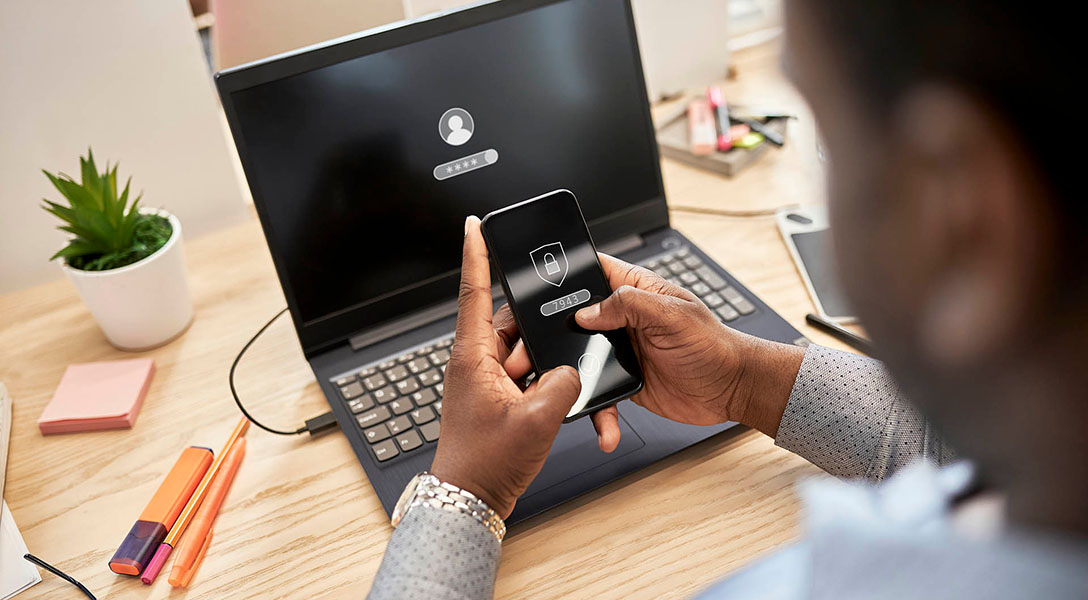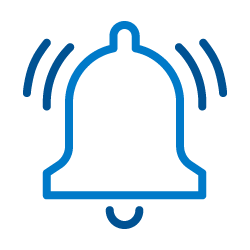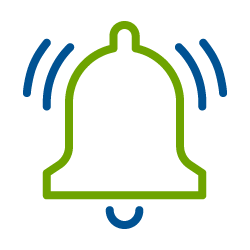La importancia de la autenticación multifactor

Traditionally, logging into your favorite websites and apps was as simple as entering your username and password. Once you’ve done that, you’re good to go! But is your sensitive information really all that safe with such a simple combination? Most likely not. These days, most organizations use a feature called multi-factor authentication (MFA) to keep users’ information safer.
What is MFA?
Multi-factor authentication (also known as two-factor authentication or 2FA) is a common practice that you might already be doing! Have you ever logged into a website and then were prompted to enter a security code sent to your phone or email to gain access? That’s a form of MFA.
Examples of multi-factor authentication can be:
- Knowledge – something only you know (such as a PIN).
- Possession – this can be a USB device, your cell phone, or even a security token.
- Inherence – something only you have, such as a fingerprint or facial recognition.
- Location – some devices might only allow access in authorized geographic locations.
- Time – some authentication methods restrict users’ access to information within specific timeframes.
Is MFA really that important?
When it comes to the security of your personal information, it’s important to stay on top of your cyber hygiene.
MFA helps keep your information protected by adding an additional layer of security to the login process. Doing this makes it harder for unauthorized users to gain access to your personal data. For example, someone might be able to guess the right username and password to get into your digital banking. However, if they don’t have your phone, they can’t make it through MFA.
Looking for more?
Check out our Fraud Awareness page for more information about keeping yourself safe online. Always be one step ahead and keep your information secure.














